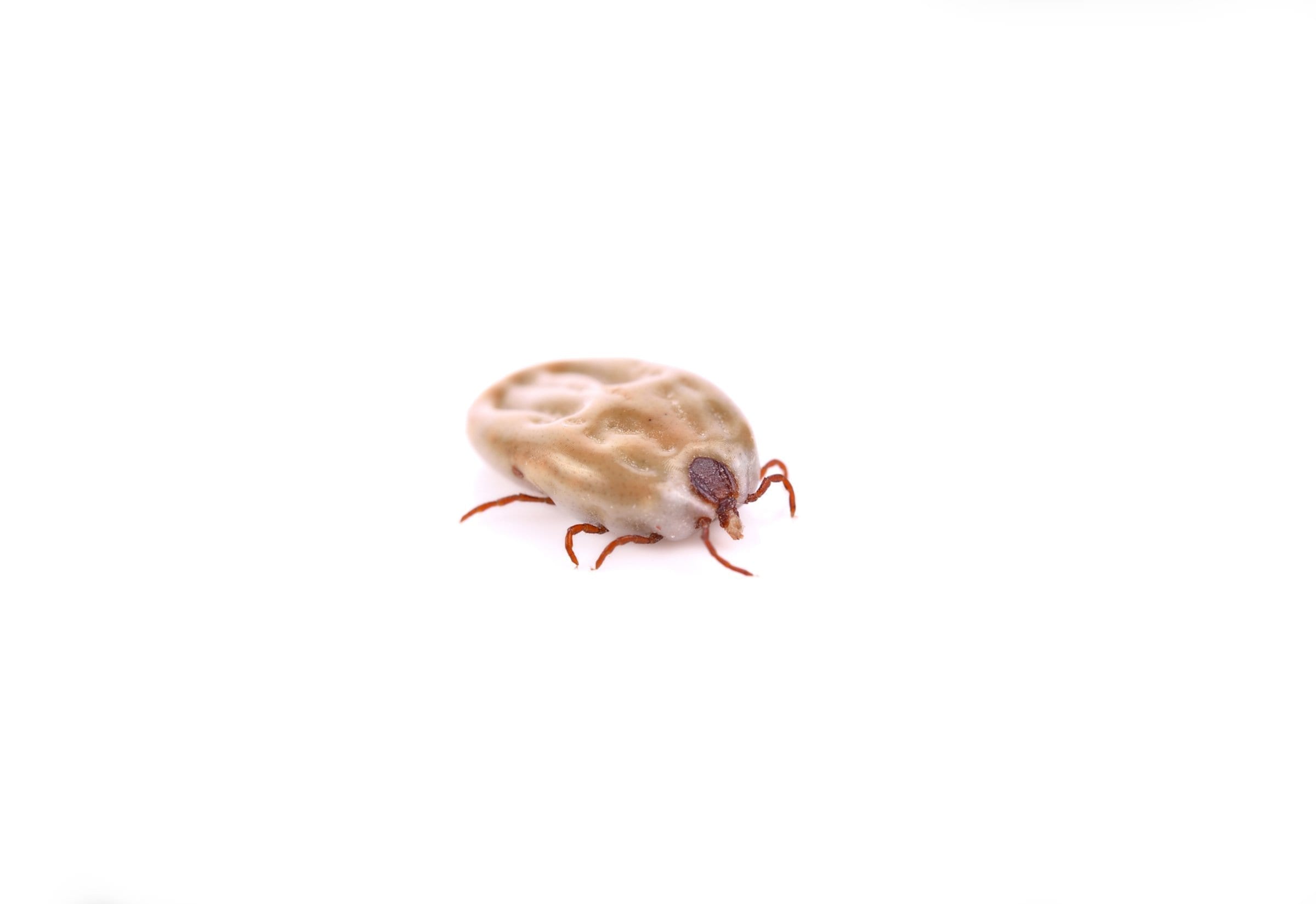
Fleas & Ticks
Fleas & Ticks are parasites that live on the blood of mammals and birds.
They attack a wide variety of warm-blooded creatures, namely humans, dogs, cats, chickens, rabbits & livestock.
Fleas are a nuisance to their hosts, causing an itching sensation which can result in the host attempting to remove them by biting, scratching or pecking.
Flea bites most often appear as a line of small reddish, raised spots and can remain itchy for several weeks. In the case of large infestations they can even lead to anaemia.
There are 2 main types of ticks – hard & soft.
Tick bites can be very painful and sometimes paralytic to smaller hosts. They are also very difficult to remove.
The biggest concern however, is that both fleas and ticks carry and spread disease.
Fleas & Ticks are carriers of disease and are best controlled with a regular programme of inspection and treatment.
AUSTRALIAN FLEA & TICK SPECIES
Fleas
(Siphonaptera)

Ticks
(Ixodes scapularis)

